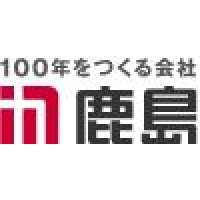
Kajima
KAJIMA CORPORATION is a general contractor operating nationwide and overseas. The Company builds commercial, residential, and institutional buildings with high-rise and earthquake-resistant construction technology. Kajima also performs large scale civil engineering works such as nuclear power plants, Highways, Airport. It has developed several technologies for construction in soft ground.The Company operates real estate and office automation equipment businesses. In recent years with change of Japanese society and soaring social welfare costs and reduction of public works by Japanese government, Company has put emphasis on international projects and now company is involved in projects from Algeria to Florida.






